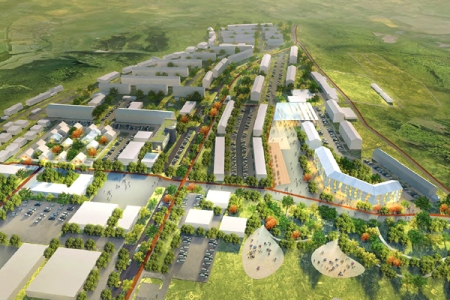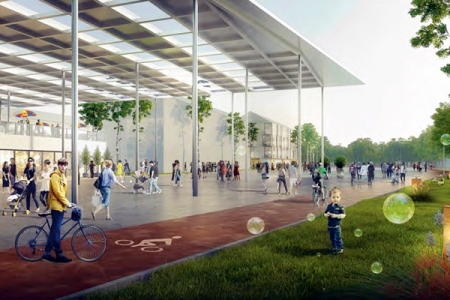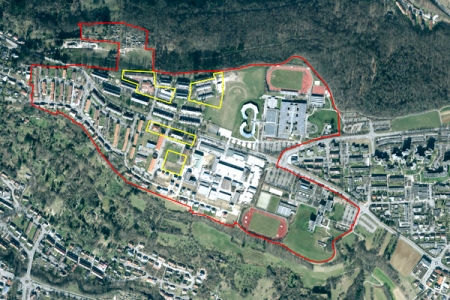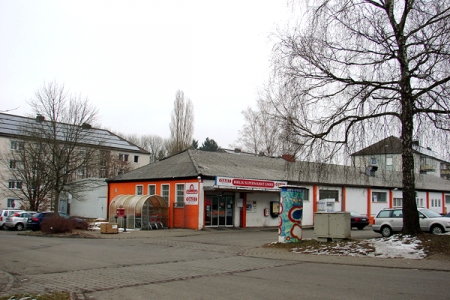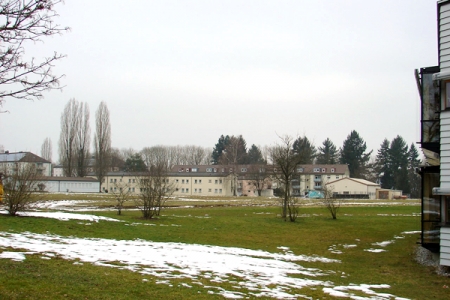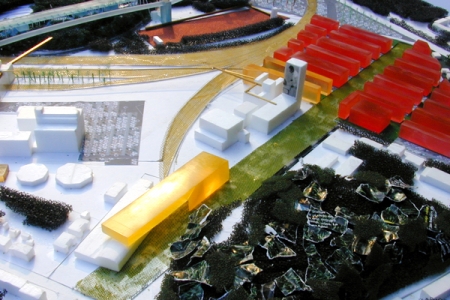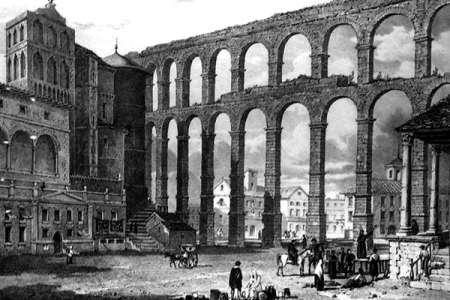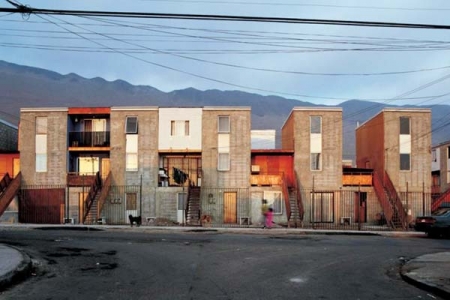Nodes
Schwäbisch Gmünd (DE) – Mentionné
DONNÉES DE L’ÉQUIPE
Représentant d'équipe : Héctor Peinador (ES) – architecte ; Associés : Thomas Gaines (GB), Swastika Mukherjee (IN) – architectes
Calle Santa Isabel 13 4A., 40004, Segovia – España
+86 135 2012 5761 – hectorpeinador@gmail.com – www.hectorpeinador.com
Voir la liste complète des portraits ici
Voir la page du site ici

S. Mukherjee, H. Peinador & T. Gaines
INTERVIEW en anglais
Cliquer sur les images pour les agrandir
1. How did you form the team for the competition?
We have known each other in Beijing. We worked together on some other projects and thought it would be very interesting to apply for Europan, due to the characteristics of the competition, which were raising questions that are not often treated in China.
2. How do you define the main issue of your project, and how did you answer on this session main topic: Adaptability through Self-Organization, Sharing and/or Project (Process)?
From the urban and social point of view, the greatest challenge on our site was diversity and fragmentation. We proposed the creation of a center that encouraged relationships, both physical (creating an urban structure on the area), and social, as a place of encounter and interchange.
The project aims to knit and weave a very diverse community together and awaken the potential public spaces around the Hardt area. The scheme aim is to affect exchange between numerous ages and nationalities within the area. Creating a new identity, a sustainable community seeking to change its habits and to live differently.
3. How did this issue and the questions raised by the site mutation meet?
The way in which the project aims to reconnect the Hardt area is through a system of organized interventions of greenery, trees, plazas, streets, curbs and cycle routes. The most important being the green belt that runs from North to South, having a section of shared surface that cuts through the Oberbettringer Strasse shifting the balance and producing an ease of movement. The green belt also creates a civic spine connecting all parts of the Hardt area.
4. Have you treated this issue previously? What were the reference projects that inspired yours?
No, although we have previously addressed these themes, this was the first time; we have been able to treat them as the driving force of a project. The following projects inspired us in the design of the project:
- From OMA’s Zollverein Masterplan, we were interested in the possibility of the mutation, transformation and revitalization of areas, and how to link pre-existing elements with new structures.
- In Segovia, the Roman aqueduct is an almost 2,000-year-old structure. Its original function does not exist anymore, but it generates nowadays a big public area in the center of the city, that has become an organizer and attraction point.
- Elemental’s Quinta Monroy Incremental Housing: architect Alejandro Aravena organizes a framework, leaving final materialization open to the specific needs and possibilities of the people.
5. Today –at the era of economic crisis and sustainability– the urban-architectural project should reconsider its production method in time; how did you integrate this issue in your project?
We believe that for urban scale projects, the strategy should be based on prioritizing guidelines and structures over time and specific implementations; creating a layout that can be adaptable on the future.
For us, the most important part of this project was to equip the Hardt area with a strong urban structure. We proposed the creation of a social centre that promotes relationships with other parts of the site. Any of the subsequent interventions can be addressed independently and at any time. In our proposal we prioritize the relationships between areas over their specific development.
6. Is it the first time you have been awarded a prize at Europan? How could this help you in your professional career?
Yes, and it is also the first time that any of us has submitted a proposal to Europan. We feel very satisfied with the recognition of our work, and this prize will hopefully bring more opportunities to work on this kind of projects.
